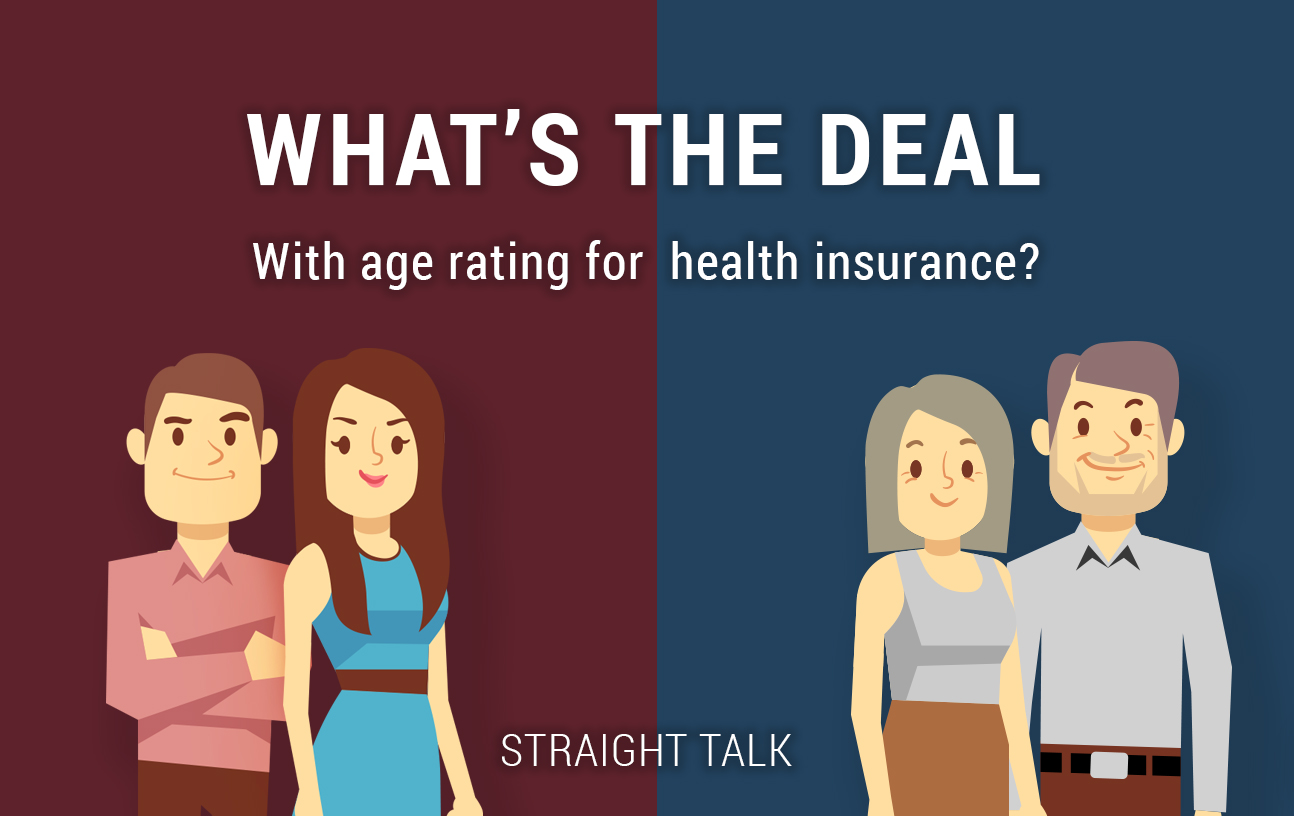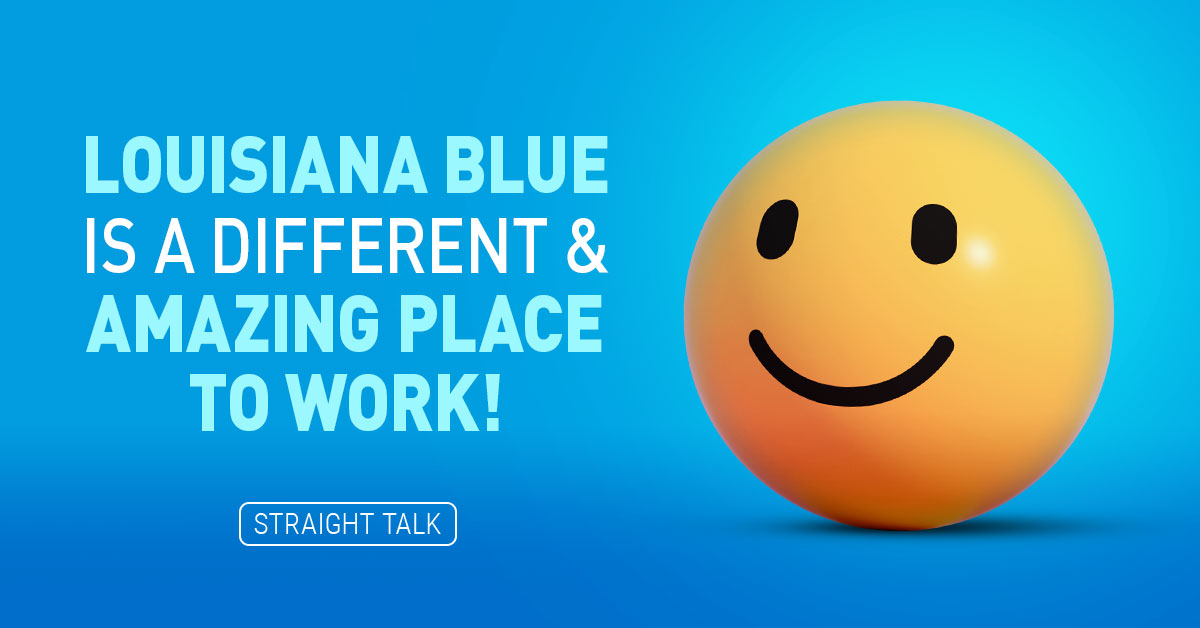People who know me know I love challenging myself to take the most nuanced, complex and downright wonky healthcare/health insurance stuff and present it so that anybody can get it. When my kids were younger, I would always test my methods on them, assuming if a middle schooler could catch on, I was on the right track.
Today’s topic is exactly one of those “Mike, no way are you going to explain this to regular folks!” topics. In the healthcare business, we like our technicalities, acronyms and jargon. Makes us feel special, like our jobs are more secure. After all, if anybody can walk in off the street and understand this stuff, what do you need me for, right?
Today’s Challenge: Age-Rating Ratios
These are going to be in the news a lot over the next few weeks, as Congress and the new folks at the federal healthcare agency tinker with the healthcare reform law. In fact, you may only see headlines that read “Seniors forced to pay bigger share of healthcare costs” if certain groups get their way. We’ll revisit that in a bit; for now let’s focus on understanding what the issue is here. It will be kind of technical, but let’s give it a go.
“But Mike, what if there is a law that says he has to have (health insurance)? Like the one we have now with 29 different exemptions and fines way below the cost of coverage?”
Imagine that you were running a very tiny health insurance company, and two people showed up for you to cover. One of them is 21 years old (the youngest “adult” under federal rules) and the other is 64 years old (still a year away from Medicare eligibility). You examine the likely medical records of average people of these ages and ask your numbers folks to do an analysis of how much healthcare they’ll need, and what you will need to charge them in premiums to cover those costs. They tell you that to cover all your expenses for these two members, you should charge the two of them a total of $1,200 per month in premiums.
What Share of the $1,200 Should the 21-Year-Old Pay? The 64-Year-Old?
You might think that a 64-year-old, on average, would have more health needs than a 21-year-old. And you would be correct. You might also think that a 21-year-old might have a lot less money to spend on health insurance than a 64-year-old does. Again, on average, you would be correct. So now, the dance begins. How much are you going to charge each person?
If you are completely equitable, you might want to charge each of them the exact same amount – $600 for the 21-year-old and $600 for the 64-year-old. Fair is fair, right? Or do we have a problem?
“Without getting too specific, I can tell you we spent 714% more on the older group of customers than we spent per person in the 20-24-year-old group.”
You see, that $600 on average is a much bigger cost burden for a 21-year-old to bear; it’s going to be a much bigger chunk of his wages than for the 64-year-old. Also, 21-year-olds rarely get sick, so he’s paying $600 for something there’s only a very slim chance he’ll need to use. Given those odds, he’s likely to just walk away and forego health insurance completely.
But Mike, what if there is a law that says he has to have it? Like the one we have now with 29 different exemptions and fines way below the cost of coverage?
Let’s just say that the threat of a fine (which he could probably get out of paying, anyway) is not the biggest decision factor to the 21-year-old if the insurance is too expensive.
What is Fair?
Let’s get scientific for a minute. How much healthcare does that “average” 64-year-old use in the real world, compared to the 21-year-old? How much more expensive is she?
I took a look at our 2015 claims records for two groups who bought insurance through the marketplace: 20-24-year-olds, and 60-64-year-olds. Without getting too specific, I can tell you we spent 714% more on the older group of customers than we spent per person in the 20-24-year-old group. For the overall risk pool to be stable and for each to pay his share, it’s reasonable to think the older folks should be paying seven times what the younger folks pay, since they are using so much more healthcare.
How Did We Get What We Have Today?
When the Democrats were writing the Affordable Care Act, they wanted individual health insurance in all 50 states to be rated the exact same way. So they decided to set the 3:1 ratio in the law, meaning at the most, insurance can only cost three times more for an older person who uses more services than a younger person who doesn’t.
You can see pretty quickly that setting the ratio at 7:1 mirrors reality, but it also means the 64-year-old will pay a much higher premium. In fact, I’ve prepared a range of premium payments at different “age ratios” from 1:1 to 3:1 to 5:1 to 7:1, just to give you a feel for how this works (assumes total payment = $1,200).

The 3:1 age ratio was specified in the law after extensive lobbying by people who lobby for… wait for it… people ages 50-64. If the age-rating had been economically sound (the 7:1 ratio, which is based on how much healthcare people of different ages actually use), the 21-year-old’s rates would be half of what they actually are, and the 64-year-olds rates only 17% higher – or $150 to $1,050.
But nobody lobbies for 21-year-olds. At least, no one I’ve ever heard of.
“But, for the sake of the overall market, it is critical that young people come into the insurance pool.”
What’s Next?
Recently, we established how our rating pool – our real insurance pool – is much older than the state average (45 versus 34 years). Changing the age-rating ratio is one way to encourage the young and healthy to buy insurance, thus contributing to and stabilizing the market.
The federal healthcare agency has proposed on its own to allow an age rating of 3.49:1, which is some help, but more easily and quickly doable because it doesn’t require congressional action. A bill was dropped last week to move the rating to 5:1, but you can bet groups that represent people 50-64 are going to fight that tooth and nail.
But, for the sake of the overall market, it is critical that young people come into the insurance pool. Without them to stabilize it, there will be more pressure for more carriers to bail out. I’ve been saying it for months.
Remember this year’s open enrollment in Louisiana? Only two health insurance carriers sold policies statewide. Just two. We were proud to be one of them.
So now, when you see a headline that says “Older folks (like me, I’m 55) forced to pay more for their health insurance,” you can mentally add the second line: “And people in their 20s pay a fairer share of the total!”
Straight Talk on age-rating ratios! Who’d have thunk we could do that?




